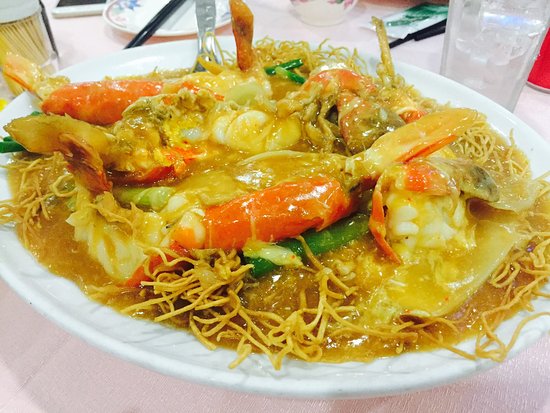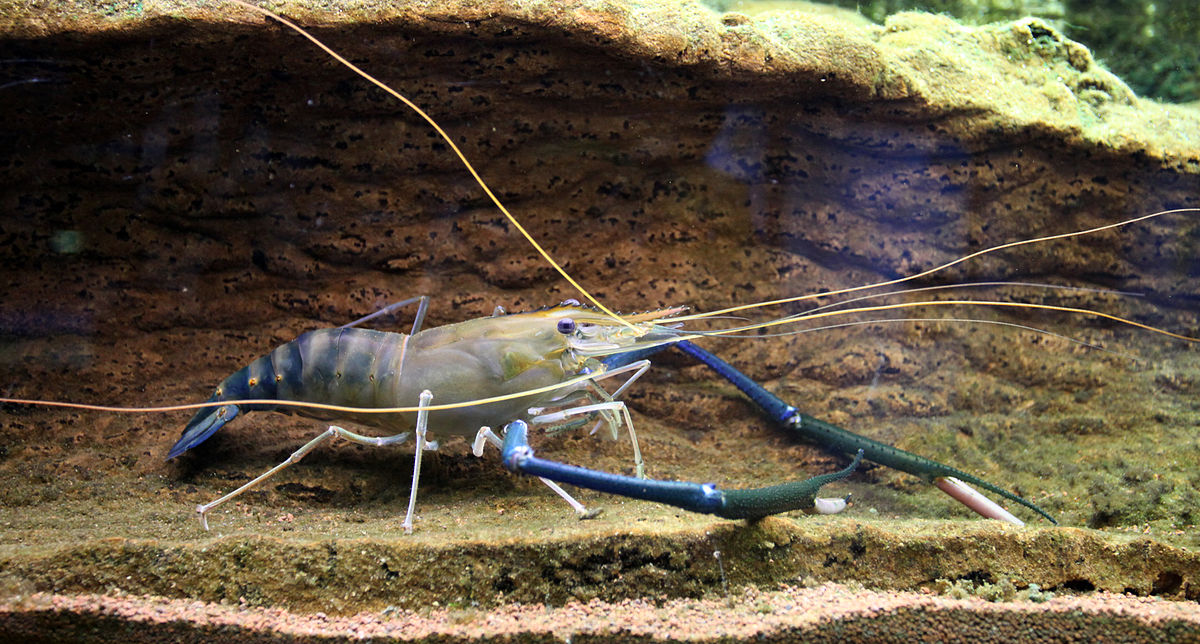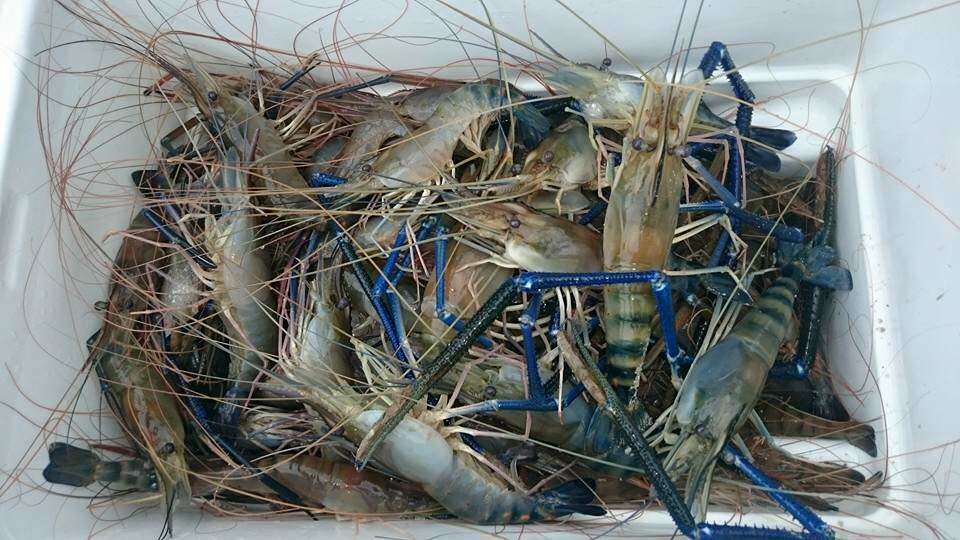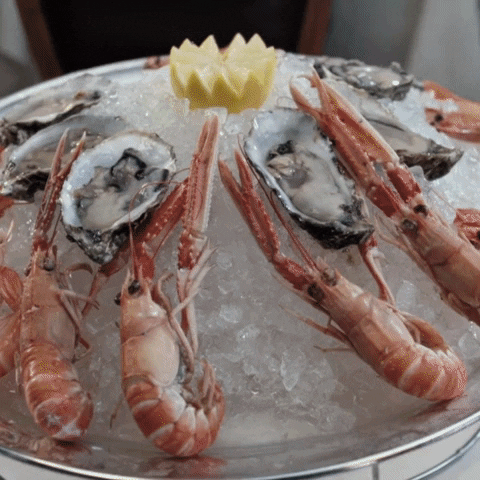What Is Sang Har And Why Is It So Expensive?
There are a number of reasons why these freshwater prawns are costly.
Sang har, also known as freshwater prawns, are popular in Cantonese cuisine, particularly in sang har mee, a crispy noodle dish served with these huge, succulent prawns
Native to Malaysia, sang har (Macrobrachium rosenbergii) is the largest of its kind, naturally found in rivers and lakes.
Some restaurants sell sang har mee for RM35 to RM40, but the dish can also go up to RM100, depending on the size and weight of the prawns.
But why are these freshwater prawns so expensive to begin with?
The exorbitant prices on these crustaceans boil down to a number of reasons.
Firstly, sang har are primarily found in specific freshwater habitats, and their availability is limited to certain regions.
In simpler terms, if it's hard to find these freshwater prawns in an area, their price goes up.
Breeding and harvesting high-quality sang har can be challenging due to production, labour, and shipping costs. The limited availability further adds to their overall expense.
Like many seafood products, sang har are usually only available during certain times of the year
When they are not in season, the limited supply can further increase prices.
High demand for sang har, especially in Malaysia where it is considered a delicacy, can drive up prices. The demand often surpasses the available supply.
Since sang har is often perceived as a delicacy, it tends to come with a premium price tag.
Ensuring good prawn health in farms often requires medications and preventive measures, adding to production costs
The health of these freshwater prawns is influenced by factors such as water quality, temperature, and management practices.
Freshwater prawns can get sick from various common problems like infections (bacterial, viral, or fungal), parasites, and stress. Stress can be caused by things like overcrowding, poor water quality, or sudden changes in the environment.
Creating the optimal conditions for breeding and growing these prawns can be challenging and requires careful management.
Freshwater prawns also have a slower growth rate compared to some other types of seafood
This means that it takes longer for them to reach a harvestable size, increasing the cost of production. As they grow larger, their cost goes up.
Additionally, there's a risk of them dying during transportation to restaurants and markets, which further adds to the overall cost.
All of these factors contribute to the freshness, quality, and taste of the prawns. Maintaining these high standards may involve extra effort and resources in the farming and handling processes.
So, the next time you enjoy a dish with sang har or freshwater prawns, remember that it probably took considerable effort to bring that delicious meal to your plate!





